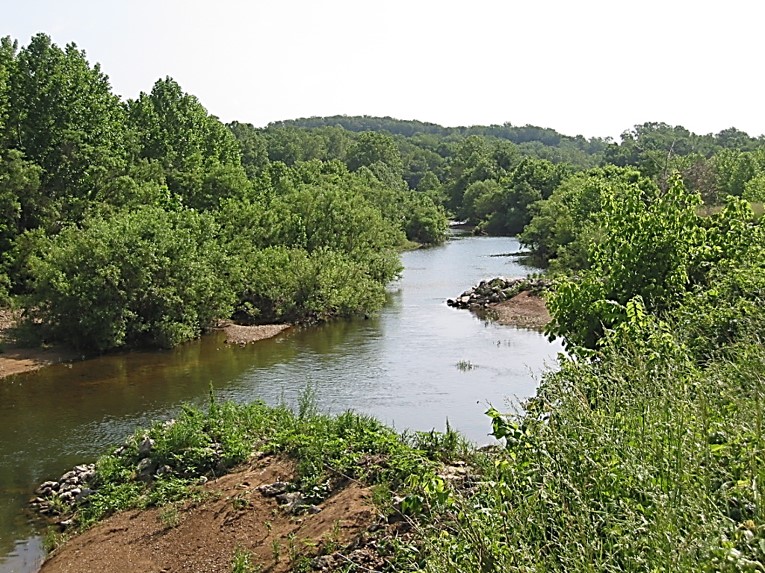Past Research with the Missouri Cooperative Research Unit
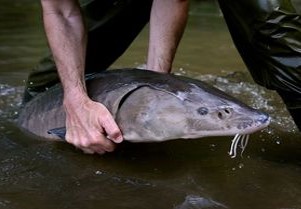
Habitat Selection and Dispersal of Lake Sturgeon in Missouri River Tributaries: Implications for Species Recovery and a Future Recreational Fishery
Lake Sturgeon have been listed as endangered in Missouri since 1974, and recovery efforts have been underway since the 1980s and have included primarily stocking fingerling fish in the mainstem big rivers and tributaries. However, there is a critical need to evaluate these management actions to guide future restoration efforts, particularly understanding the spawning requirements, dispersal, and movement of Lake Sturgeon in large river tributaries as MDC considers future recreational fisheries for Lake Sturgeon. This study will contribute to meeting the three goals of the Missouri Lake Sturgeon Recovery Plan.
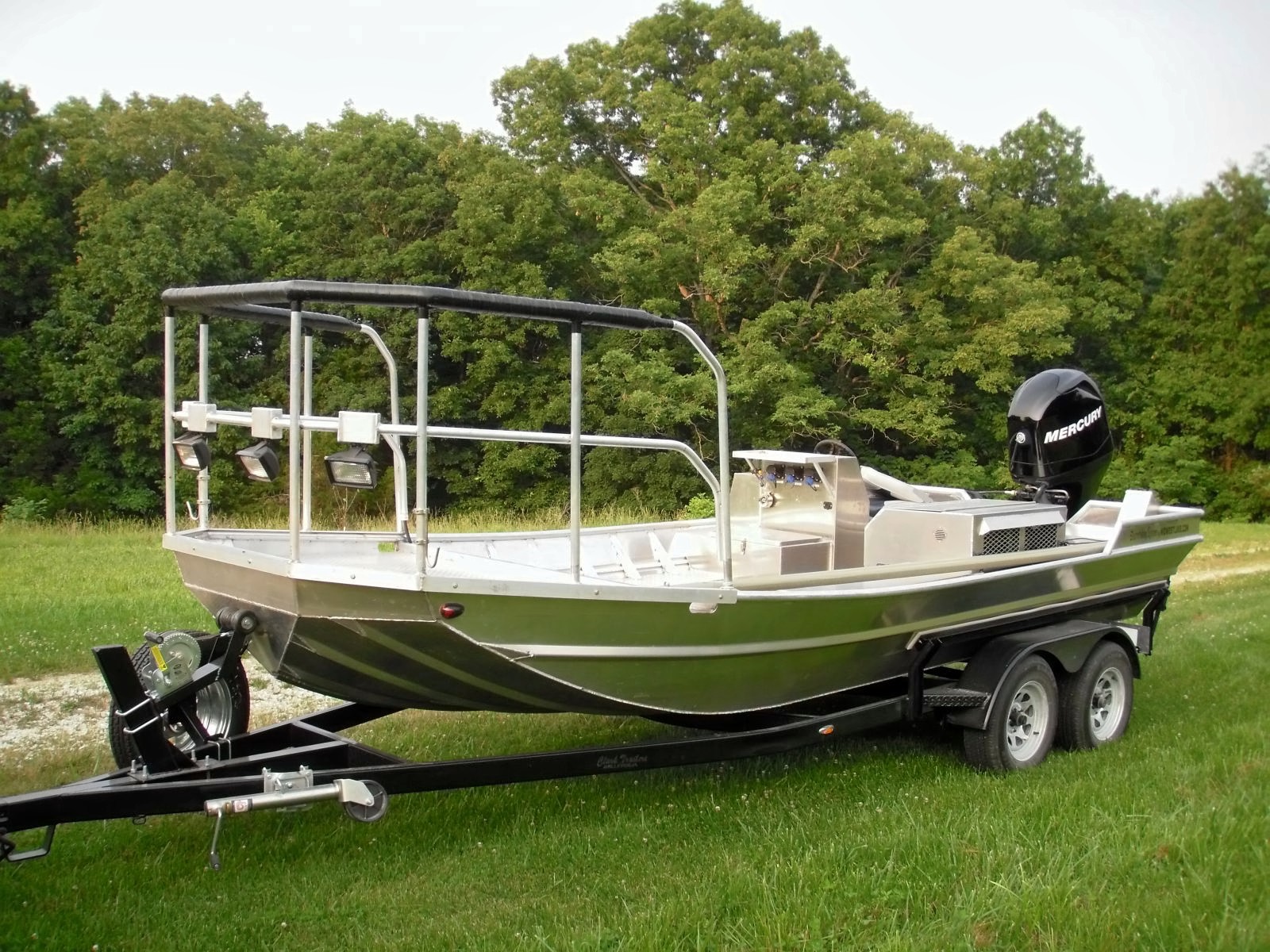
Development of Sampling Protocols and Application to Missouri's Mid-Sized Rivers
Substantial monitoring and research has and is currently conducted on mainstem big rivers such as the Missouri and Mississippi and on smaller, wadeable streams but little information exists for the mid-sized rivers in Missouri (e.g., tributaries of the Missouri and Mississippi Rivers and other non wadeable rivers). However, these rivers....
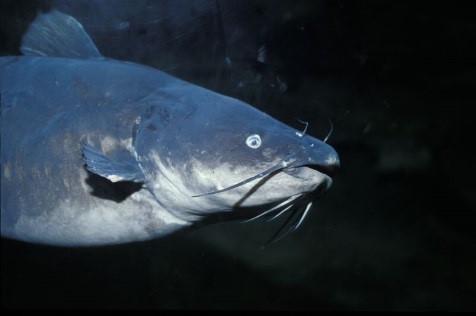
Identifying electrofishing capture-prone response thresholds for catfish and smallmouth bass in Missouri
Standardization of electrofishing output will minimize bias, reduce variation in catch, and allow for more valid spatial and temporal comparisons of sample data, regardless of the electrofishing control box used. Biologists need to know how conductivity of the water relates to the effective conductivity of Smallmouth Bass, Blue Catfish and Flathead Catfish ...
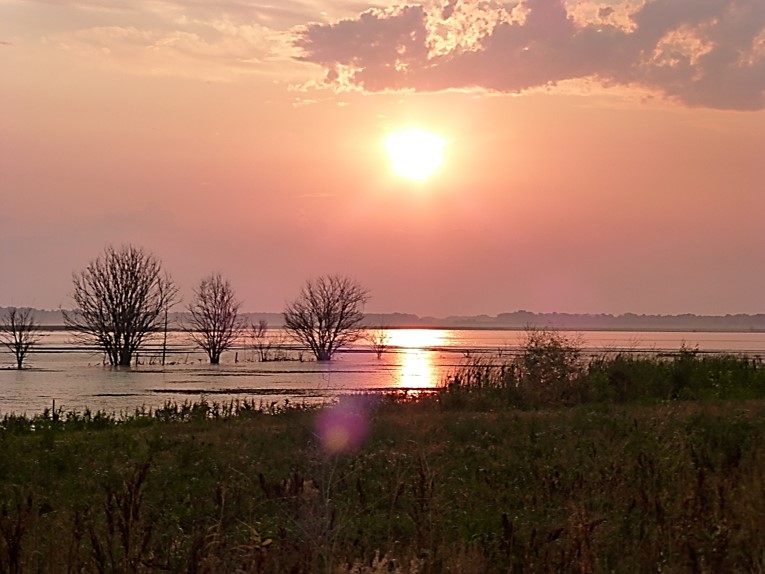
Potential for conservation lands in Middle Mississippi River floodplains to mitigate flood flows for ecosystem services
We will use 1- and 2-dimensional, spatially nested hydrodynamic models to explore the hydrologic and hydraulic potential for improving ecologic diversity and potential of National Wildlife Refuge lands in the Middle Mississippi River (MMR). The first phase of the project is a landscape-scale approach that will use existing 1-d hydrodynamic models to develop indices ...
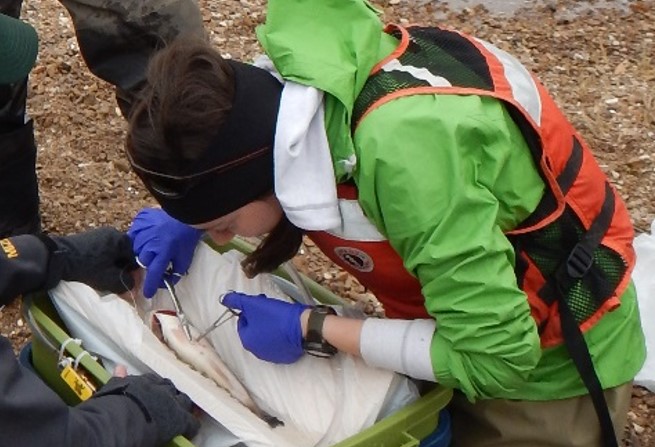
Linking Habitat Features to Fish Movement and Dissolved Oxygen and River Flow in the Lower Osage River
Numerous flow management decisions are being made on rivers throughout the world and these decisions are increasingly incorporating consideration of the physical habitat needs of fish and other aquatic life. However, long term monitoring studies to detect response of fish species to new flow regimes are few, and there is little information to substantiate ecological response to flow alteration, and empirical models ....
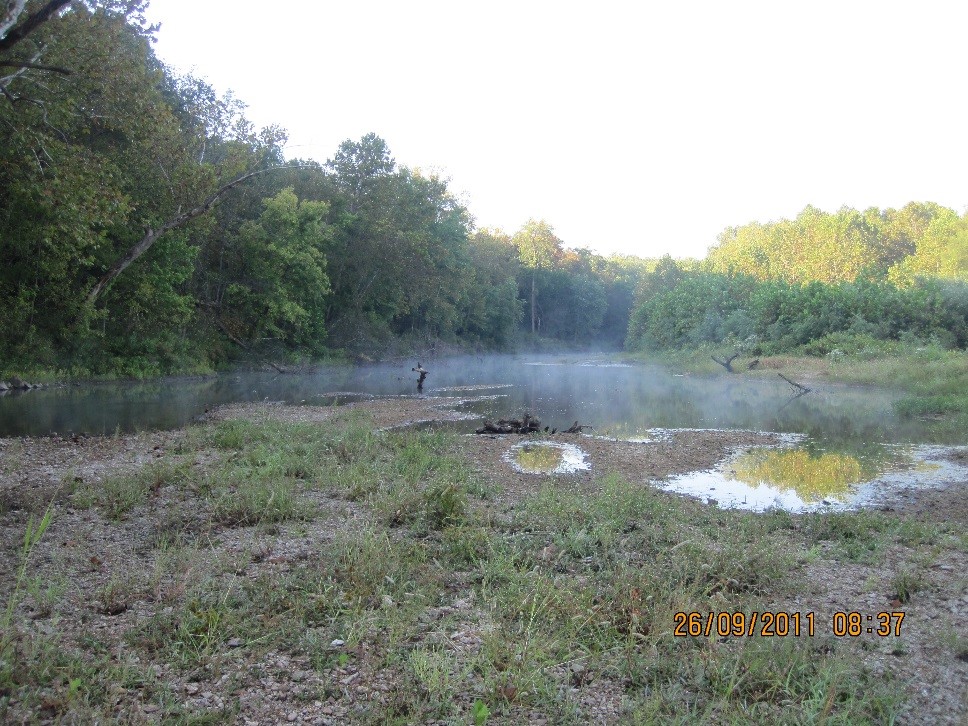
Science to Inform Management of Floodplain Conservation Lands under Non-Stationary Conditions
The objective of this project is to formalize understanding of science information needs for management of conservation lands on large-river floodplains under non-stationary climatic and land-use conditions. The work is necessary to establish a firm foundation for development of cost-effective, relevant floodplain science to inform management. The work is expressly focused on understanding and addressing managers’ information needs in dynamic...

Evaluation and Validation of eDNA as a Detection Tool for Asian Carp
Environmental DNA (eDNA) has promise as tool for detecting Asian carp. This is an environmental surveillance method in which DNA material from an organism that is released into the environment (water) through slime, skin cells, urine, or feces, and can be detected in a species-specific manner. The detection of the DNA material in the water samples is currently being used as an early warning indicator for the presence of bigheaded carps in Michigan, Illinois, and in portions...

Development of Reference Reaches for Missouri Streams
Streams and their biota are influenced by in-stream habitat alterations, as well as disturbances occurring at a landscape level. The past two centuries have seen immense growth in urban and agricultural development, resulting in highly degraded stream conditions and subsequent losses in aquatic biodiversity. We summarized landscape-level disturbance metrics for 92,500 headwater stream segments in Missouri, a size class greatly underrepresented in our existing stream biota databases. We selected metrics detrimental ....
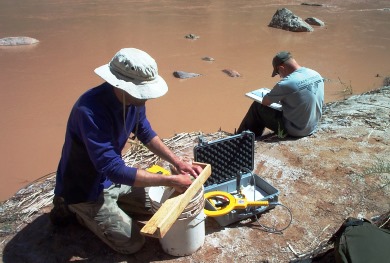
Developing Conservation Priorities to Protect Fish Biodiversity in the Lower Colorado River Basin
Non-native introductions and habitat alteration have substantially changed the native fish fauna in the Lower Colorado River Basin. Identifying the areas that have the highest loss of native fish diversity (or highest increase in non-native fish diversity) can help identify areas that resource managers may focus on for conservation. Although anthropogenic activities often influence ecosystem processes and biotic communities, rarely are they integrated into .....
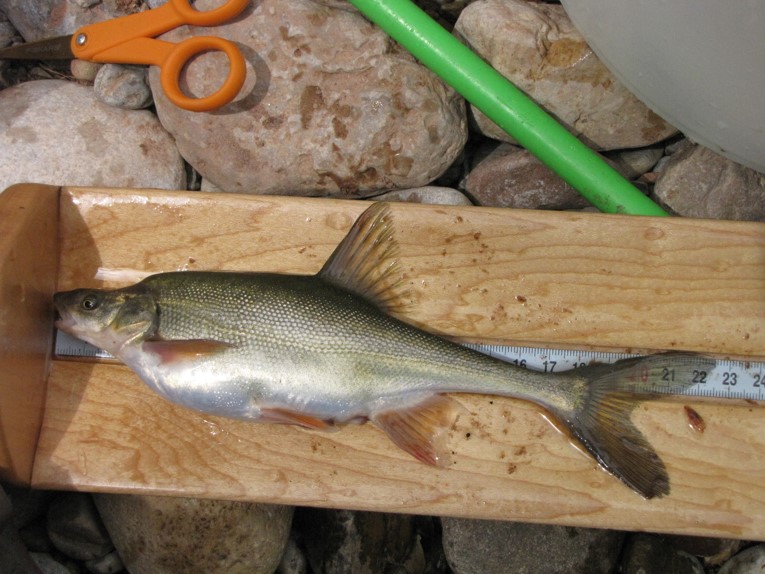
Evaluation of Humpback Chub Translocations and Native Fish Community Restoration in Grand Canyon Tributaries
We examined humpback chub response, in terms of growth and body condition, apparent survival, and dispersal, following translocation of approximately 300 individuals annually in June 2009, 2010, and 2011 into Shinumo Creek, a tributary stream of the Colorado River within Grand Canyon National Park. Therefore, we also evaluated trophic structure of the Shinumo Creek fish community to determine potential diet overlap among native and non-native fishes. Growth of ...

Food Web Dynamics in Bright Angel Creek, Grand Canyon: Implications for Native Fish Conservation
Non-native trout removal is being conducted by the National Park Service and other stakeholders to restore and enhance native fish communities in Bright Angel Creek (BAC), Grand Canyon. To assess resource availability and evaluate the effects non-native brown (BNT) and rainbow (RBT) trout have on the food web in BAC, we sampled fish, benthic invertebrates, and drifting invertebrates seasonally from November 2010 to September 2011. Food habits of BNT and RBT were evaluated from stomach samples ...
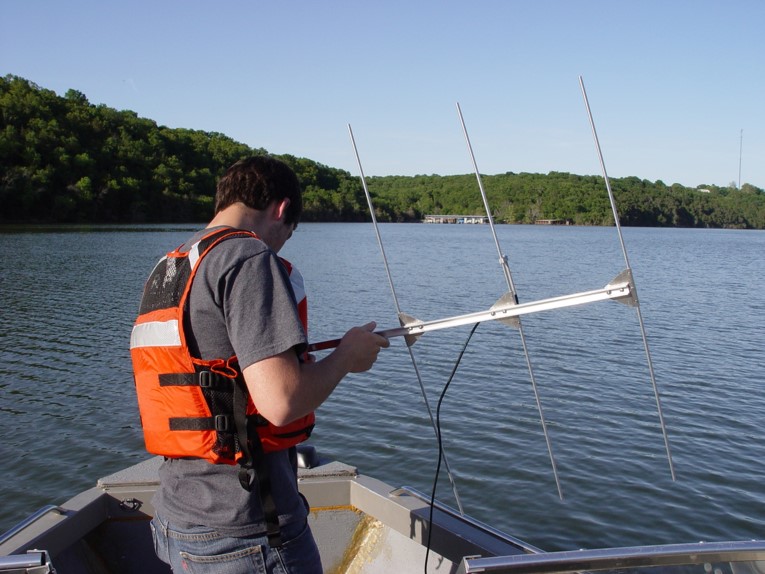
Distribution and Habitat Selection of Largemouth Bass Related to Artificial Habitat Structures in Table Rock Lake
Deteriorating reservoir fish habitat is a concern throughout the US so the Missouri Department of Conservation and cooperators placed approximately 1,600 structures (trees, stumps, and rock piles) throughout Table Rock Lake, Missouri to improve fish habitat for largemouth bass Micropterus salmoides and other species. Our objective was to determine movement and habitat selection of largemouth bass and to determine if these fish select for the augmentation structures within the lake. Sixty largemouth bass ...
Managing the Nations Fish Habitat at Multiple Spatial Scales in a Rapidly Changing Climate
We are using downscaled Atmosphere-Ocean General Circulation Models and projected land use models to identify how future climate and land use will impact the vulnerability of fish and fish habitat at national, regional, and local scales. The future climate simulations for air temperature and precipitation are being used to assess water temperature, stream flow, and....
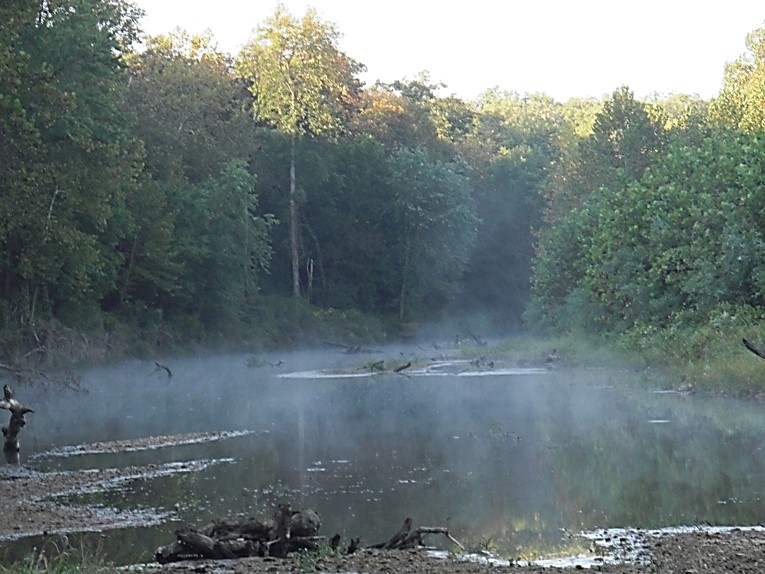
Assessing the Impact of Climate Change on Biodiversity
Building on past assessments of how climate change and other stressors are affecting ecosystems in the United States and around the world, we approach the subject from several perspectives. First, we review the observed and projected impacts on biodiversity. Next, we examine how climate change is affecting ecosystem structural elements as related to the fluxes of energy and matter. People experience climate ....
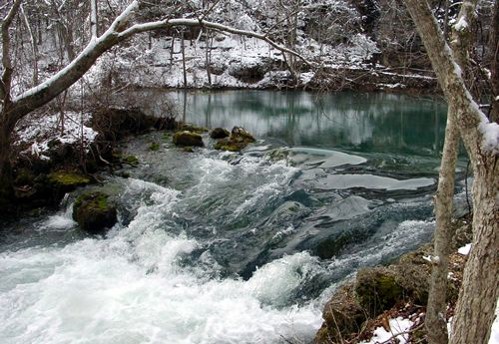
Thermal conditions and stream habitat associations for fishes at Ozarks National Scenic Riverways
We will refine a habitat classification for Ozark streams and make it more biologically relevant by incorporating information on water temperature. Mapping physical habitat and water temperature is the first step at identifying possible biotic responses to climate change and other disturbances. Therefore, we will then link the thermal mapping with ....

Seasonal Habitat Selection of Niangua Darters
Understanding temporal and spatial habitat relationships is important to the recovery of the federally threatened Niangua darter Etheostoma nianguae, and other imperiled freshwater fishes, particularly in the face of projected climate and land use change. We evaluated microhabitat selection of adult Niangua darters at three Missouri Ozark stream reaches (mean= 503 m). Each reach was snorkeled (mean= 2.9 m/min) to identify Niangua darters locations where we measured nine instream habitat variables believed to be important to Niangua darter ...
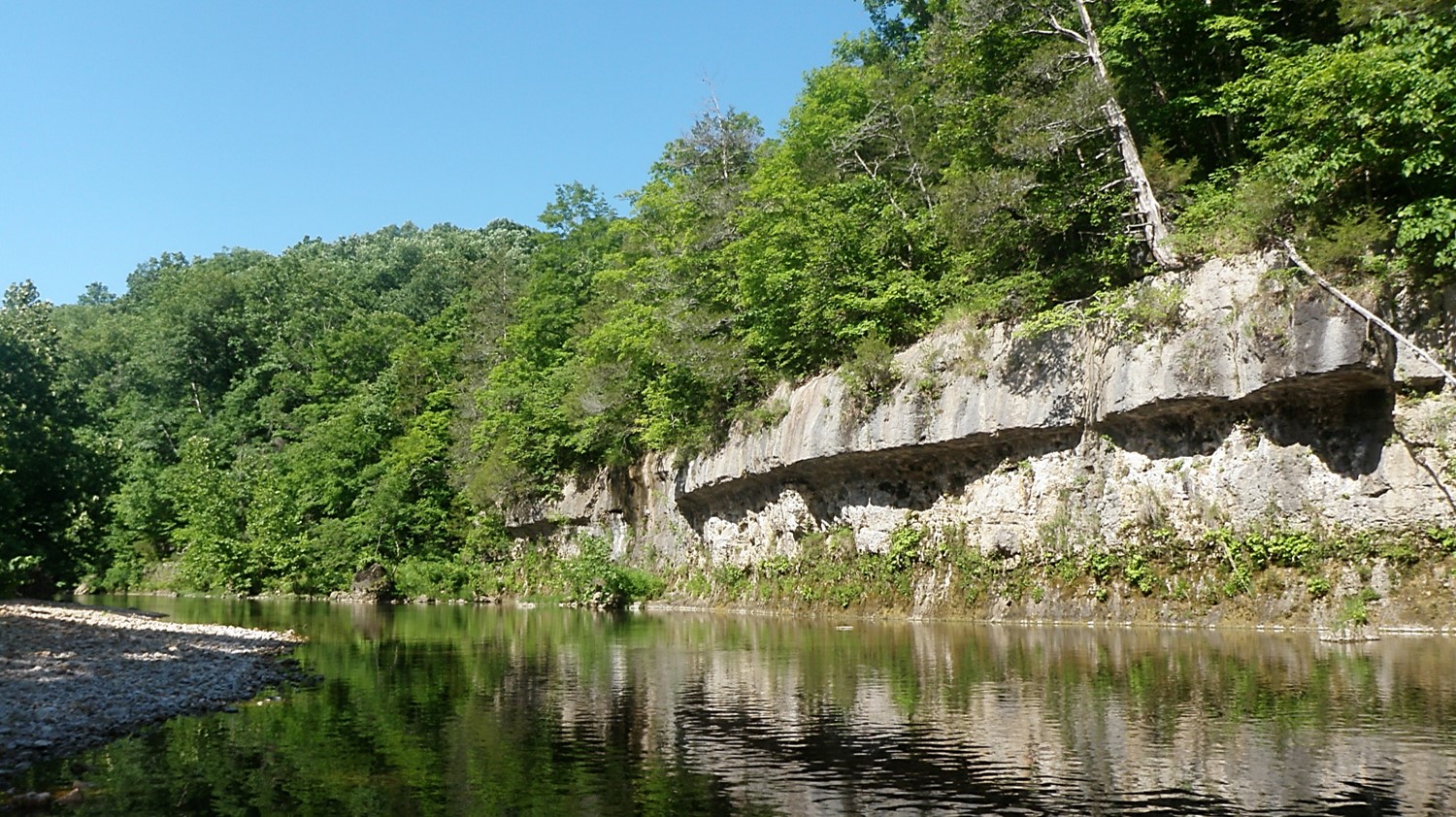
Conservation Planning For the Upper Colorado River Basin
This project builds on previous and on-going research we have been conducting on fish communities in the Lower Colorado River Basin. Aquatic systems across the nation are perhaps the most endangered ecosystems and the Upper Colorado River Basin (UCRB) is no exception. There are only 14 native fish species in the UCRB and most have declined in their range and abundance in the last 100 years. Adverse impacts include modifications to natural flow regimes, physical habitat, stream temperatures and other human-induced agents . ....
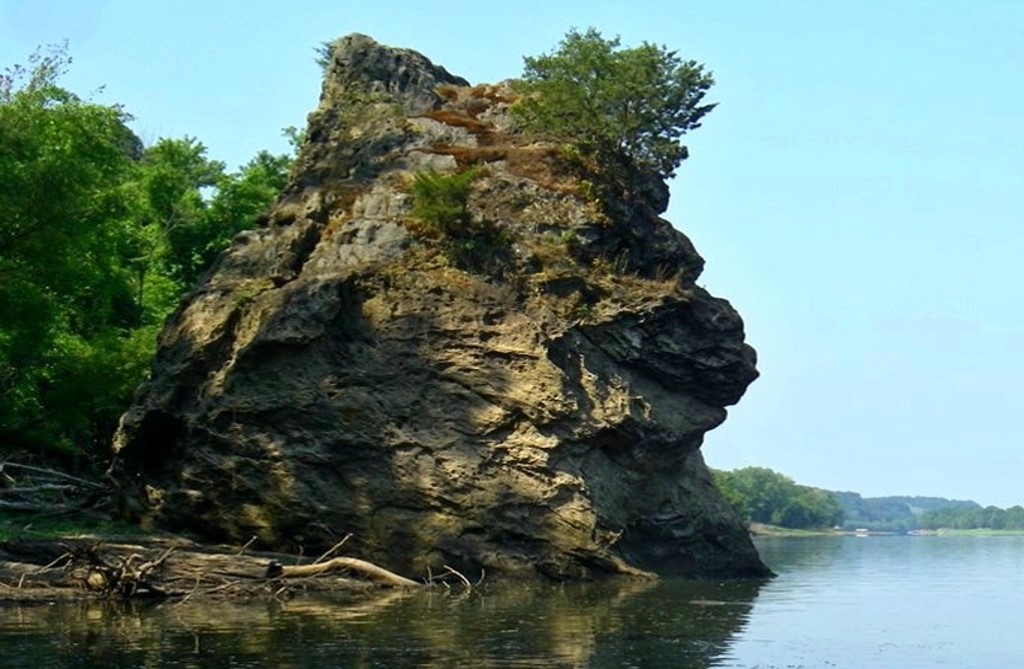
Assessing the Impact of Climate Change on North American Inland Fisheries
Aquatic biota is particularly vulnerable to climate change and its associated effects, but these effects, both distributional and physiological, will differ by species and region. Approximately 50 percent of available cold and cool water fish habitats are expected to disappear with projected doubling of atmospheric CO2, while warm water fish habitat is expected increase by 31 percent. Inland fish species, and their associated fisheries, are especially vulnerable to climate changes, both distributional and physiological, because they have ....
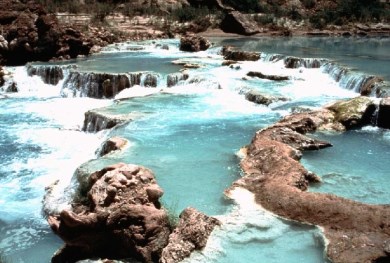
Development and Validation of Models to Assess the Threat to Freshwater Fishes from Environmental Change and Invasive Species
Freshwater ecosystems of the western US deserts are among the most threatened in North America. Our project will develop and validate a suite of threat indicators for desert fishes using the Lower Colorado River Basin (LCRB) as a model system for future regional threat assessments. The analytical framework developed will be readily applicable to other regions and Fish Habitat Partnerships. We are conducting ...
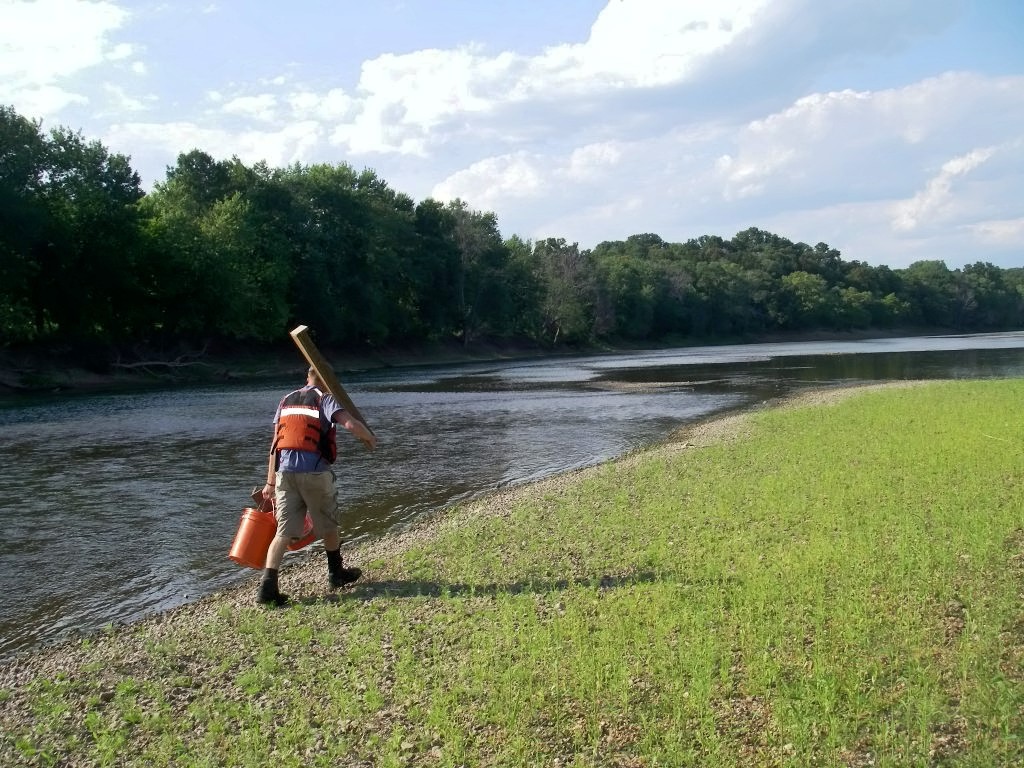
The role of tributaries on ecosystem recovery of the Missouri River
Tributaries provide important habitat for spawning, rearing, feeding and refuge of big river fishes but river alteration may affect how fish use these systems. This study investigates seasonal patterns of fish abundance, species richness, and big river fish presence in two tributaries of the Missouri River in Missouri. The Osage River is altered by a hydroelectric dam and engineering structures while the Gasconade River is free-flowing for 482 river kilometers (rkm), resulting in different discharges and water temperatures....
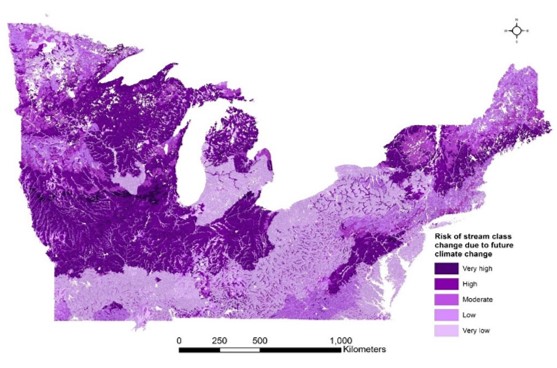
A Decision Support Mapper for Conservation of Stream Fish Habitats of the Northeast Climate Science Center Region
Changes in climate are anticipated to lead to additional changes in stream habitats and the fish assemblages they support via multiple pathways, including changing stream thermal regimes. Accounting for current condition of and future changes in streams and understanding specific mechanisms by which streams are or may become impaired are essential for managing and conserving stream fishes ....
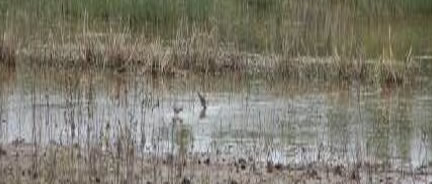
Development of a Fish and Amphibian Rapid Assessment Protocol for Wetlands: Linking Management to Wetland System Processes
Manipulating water levels within wetland complexes mimics wetland ecosystem processes to ensure habitat conditions vary both in time and space to benefit a wide range of wetland-dependent species. Although providing seasonally flooded habitats to accommodate the needs of migratory water birds is a priority on Missouri’s actively managed wetland areas, these floodplain conditions ....
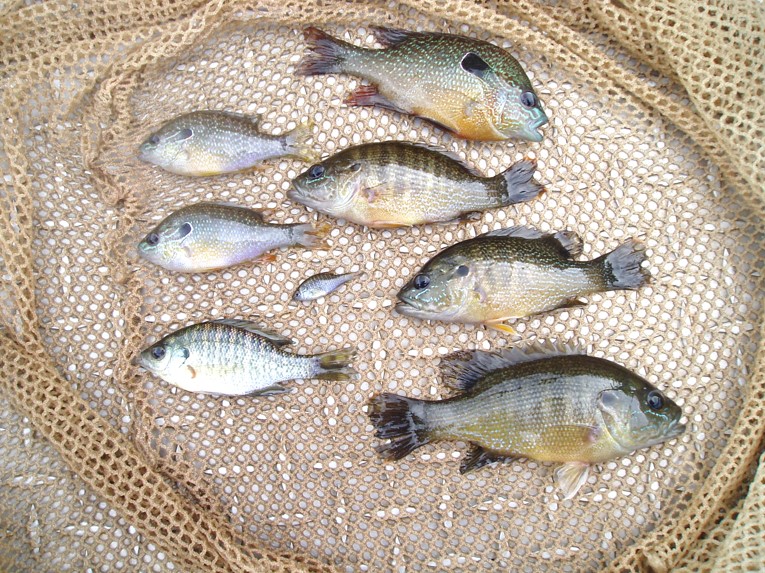
Vulnerability of Aquatic Communities to Climate Change and Disturbance
The NPS Inventory & Monitoring Program is designed (in part) to elucidate the current variability in biotic metrics typically encountered within parks. These results can be used with climate and land use scenarios to determine the vulnerability of aquatic biota to these changes. We will leverage efforts by the NPS, USGS, and universities to identify 1) areas with stable aquatic communities, 2) aquatic communities vulnerable to climate and land use change, and 3) whether vulnerability to climate and land use change differs by ....

Science to Inform Management of Floodplain Conservation Lands under Non-Stationary Conditions
The objective of this project is to formalize understanding of science information needs for management of conservation lands on large-river floodplains under non-stationary climatic and land-use conditions. The work is necessary to establish a firm foundation for development of cost-effective, relevant floodplain science to inform management. The work is expressly focused on understanding and addressing managers’ information needs in dynamic...
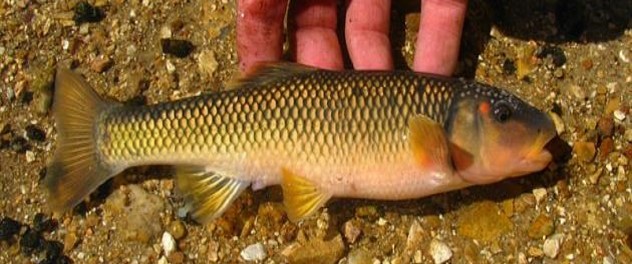
Habitat Use and Distribution of Lithophilic Spawning and
Riffle Fishes in the East Fork Black River
In July 2014, the Federal Energy Regulatory Commission (FERC) issued a new license for Ameren Missouri (Ameren) to continue operation and maintenance of its Taum Sauk Pumped Storage Project. Part of this requirement was to determine the use of coarse gravel from the reservoir’s sediment control sediment trap, particularly to enhance native fish spawning in downstream reaches were the river may be gravel starved...
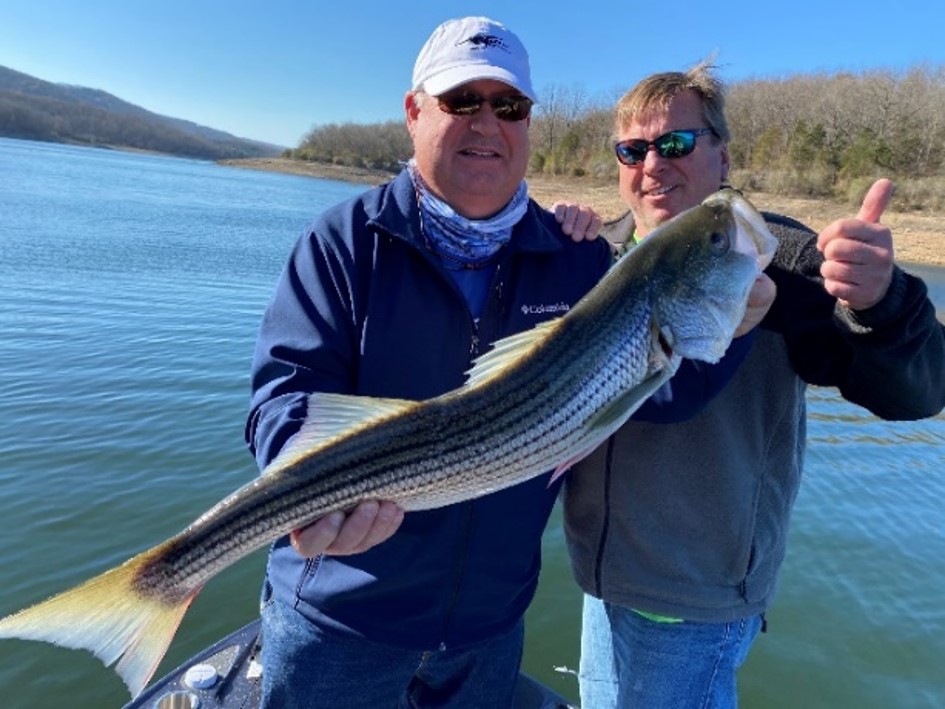
Evaluation of the Bonus Fishery Created by the Low-DEnsity Stocking of Striped bass in Bull Shoals Lake
Creating Striped Bass fisheries in reservoirs throughout the United States produces popular fishing opportunities for local anglers, non-local fisherman, and often supports businesses offering guided fishing services. As the Striped Bass fishery develops in Bull Shoals Lake, it is likely that its popularity will increase and angler expectations will resemble those of the adjacent Norfork Lake fishery. In the past there ...
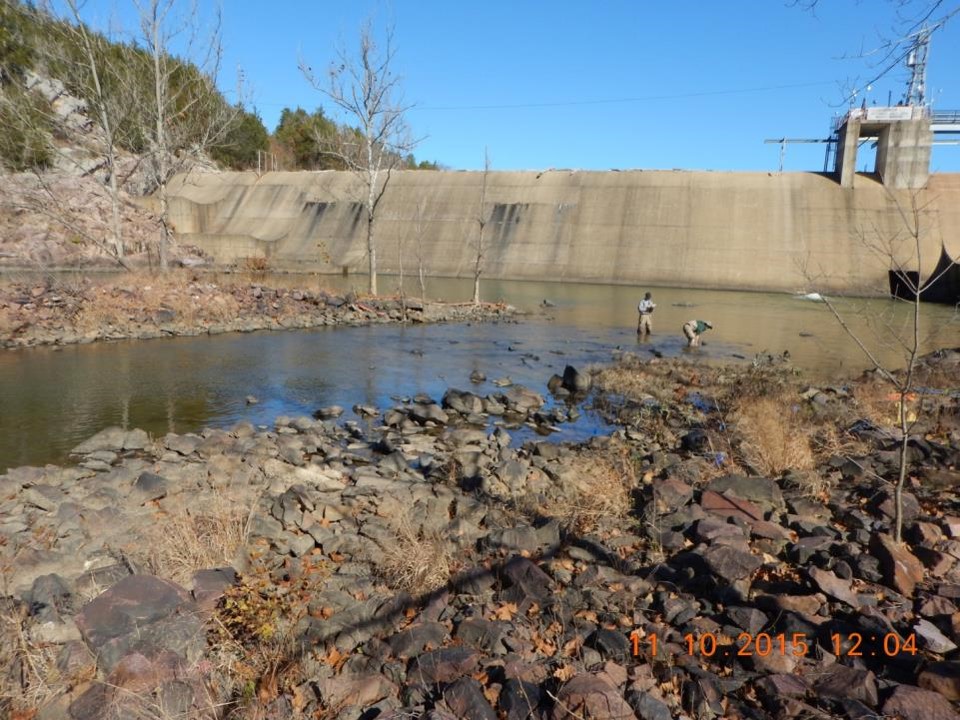
Coordinating Aquatic Conservation Tools to Connect Priority Geographies and Guide Landscape-Level Conservation
Recent efforts by MDC has led to the development of various conservation area delineations including Fisheries Division Priority Watersheds (PWs), but also includes Priority Geographies (PGs) that are Department-wide focal landscapes with multiple conservation objectives (e.g., fish, forest, wildlife). These types of conservation networks are a primary tool in stream fish conservation at large spatial scales...
Fish Community Response to Stream Flow Alterations in Wadeable Missouri Streams
Stream flow is a critical, yet complex driver of ecological processes in streams. Numerous studies have attempted to identify metrics that best represent hydrologic alteration caused by dams, diversions, withdrawals, land use, and other anthropogenic activities. However, there is no consensus on how these hydrologic indices are linked to ecological processes and fishes. The science related to ecological flows is rapidly evolving and many studies....
